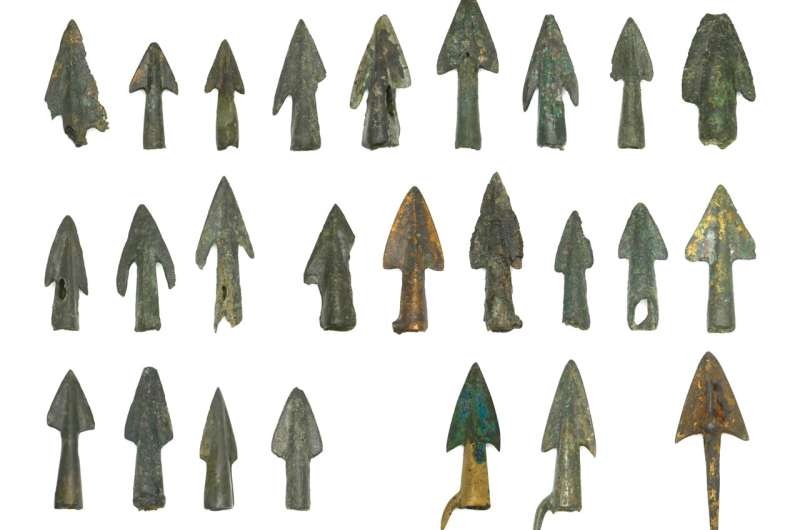The earliest evidence of large-scale interregional conflict in Europe has been documented by archaeologists dating to the 13th century BC. Its discovery reveals a better understanding of Bronze Age social and military organization during an era of dramatic escalation in raiding warfare.

Battlefield in the Tollense Valley
For what is now called the ancient battlefield of Europe, you must head to the Tollense Valley in northeast Germany. More than 150 individual human skeletons were exhumed, hinting at a battle that involved more than 2,000 people.
Up until the discovery of a site named Tollense Valley in 2011, our knowledge about large-scale armed conflict in Bronze Age societies was mostly based on speculation. This reveals large-scale conflicts previously unknown in the Nordic Bronze Age. The site is indicative of what would have been a titanic clash for the fate of the Butzer See region, and its extraordinary scale implies an unprecedented amount of coordination and military organization by standards of Bronze Age society.
Charting the Origins of the Factions
In order to reveal the identities and roots of Tollense combatants, researchers studied the bronze and flint arrowheads located at the site. The team analysed the arrowheads compared with over 4,700 contemporary examples from across Europe to get an idea of who the combatants had been.
Most of the arrowheads at Tollense come from types that are typical for the region of Mecklenburg-Western Pomerania, which presumably means many of the fighters came from short distances around. But the scientists also found other kinds of arrow points much more similar to those in southern regions, like Bavaria and Moravia.
The recovery of these ‘exotic’ arrowheads is compelling, because they don’t seem to have been traded in for or own by the natives who fought on these load. Instead, the evidence points to the warriors at Tollense including those who might not have been from this immediate area but were perhaps part of a ‘southern army’ marched north to participate in advantageous large-scale warfare.
Conclusion
The battle at the Tollense Valley has provided archaeologists with a glimpse into an extremely turbulent part of European prehistory, a time when warlords and fighting elites rose to power on the back of escalating combats across the continent. The presence of a “Southern army” in this battle begs fascinating questions regarding the social and political forces in play during the Bronze Age, as well as how warfare on a tremendous scale began to be conducted with trained warriors for the first time. This discovery not only illuminates a chapter of European history that has largely been forgotten, but it underscores the need for ongoing archaeological research to reveal the nuanced narratives of our past.
